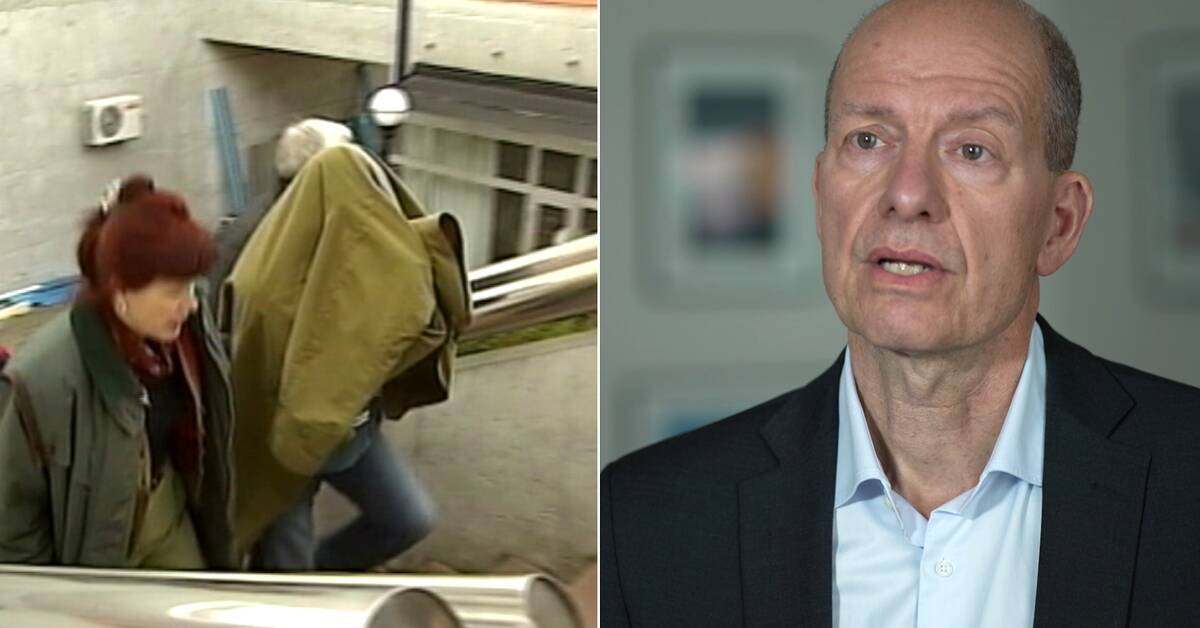The gist of lawyer Ulf Holst's criticism is that the DNA encounter that binds the suspect to Malin's body came about after old blood samples and hairs from the man that were taken in connection with the previous trial against him were used.
The material would have been destroyed after the acquittal in the Court of Appeal in 1998, according to the rules that applied in the area at the time.
But for some reason it was never done, and in connection with the preparations for a recovery process in Malinfallet, the saved samples were found by the police's cold case investigator last summer.
Hit against the DNA profile
When comparing the samples with the DNA profile of the perpetrator created from a sperm stain on Malin's trousers, it was a hit.
Something that has led Ulf Holst to direct criticism at the preliminary investigation methods.
The samples that should actually have been destroyed are now used as evidence against a person who was acquitted in the Court of Appeal according to a ruling that became final 24 years ago, Holst says.
Chief Prosecutor Mats Svensson's answer is that there is free evidence in Sweden, which means that it is free for the parties to the case to present any evidence, regardless of origin, to prove their case.
Hear him in the interview above.

